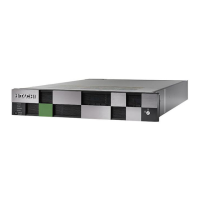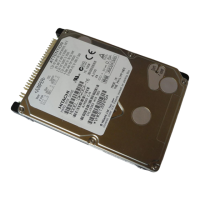4. On the Secondary tab, configure the following options:
a. Verify the displayed host(s) for the selected volumes, and click Select
other Hosts to specify more hosts that can access global-active
device pairs.
b. Select the secondary storage system where the S-VOLs will be
created.
c. Verify the displayed virtual storage machine.
d. Click Advanced Options for further configuration.
e. Click LUN Path Options for further configuration.
The previously allocated primary path is displayed.
f. Click Host Group and LUN settings for futher configuration.
g. In Pair Management Server Settings:
Select an available host as the pair management server. For Instance
ID, select Existing to use a current configuration definition file and
related instance ID number on the pair management server, or select
New to create a new configuration definition file, and enter a new
instance ID number which will be validated as an available instance
ID. You can also specify a UDP Port number for the instance.
5. In Pair Settings:
Select the Quorum Disk, whether pairs should belong to a new or
existing Copy Group for management purposes, and enter a Pair Name
manually (Prefix and Start Sequence No.), or select Automatic and a
name will be created.
6. Click Show Plan and confirm that the information in the plan summary is
correct. If changes are required, click Back.
7. (Optional) Update the task name and provide a description.
8. (Optional) Expand Schedule to specify the task schedule.
You can schedule the task to run immediately or later. The default setting
is Now.
9. Click Submit.
If the task is scheduled to run immediately, the process begins.
10. (Optional) Check the progress and result of the task on the Tasks &
Alerts tab. Click the task name to view details of the task.
11. Confirm the global-active device paired volumes are created by checking
volume status information.
Result
The global-active device pair has been created from open-allocated volumes,
and initial copy performed. Reclaiming zero pages is also automatically
performed.
Related topics
•
Allocating global-active device pairs on page 5-10
Using Hitachi Command Suite to set up global-active device
5-15
Hitachi Virtual Storage Platform G1000 Global-Active Device User Guide

